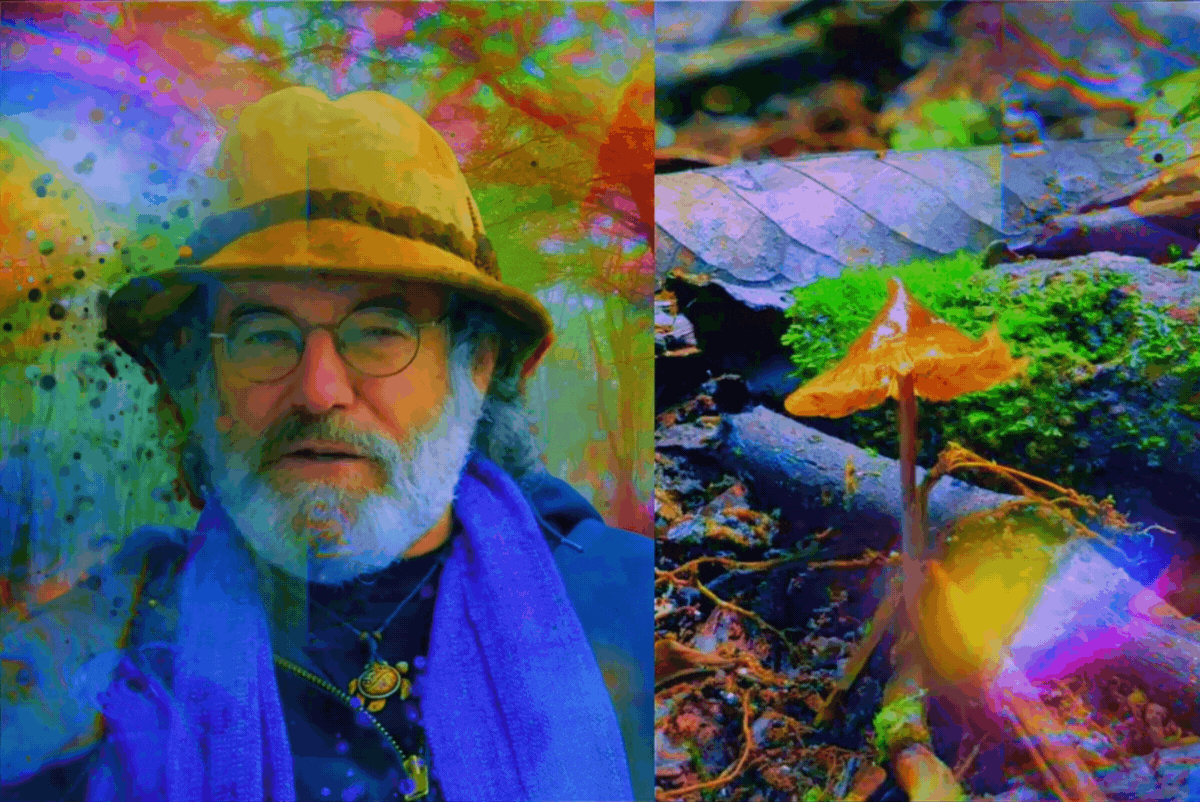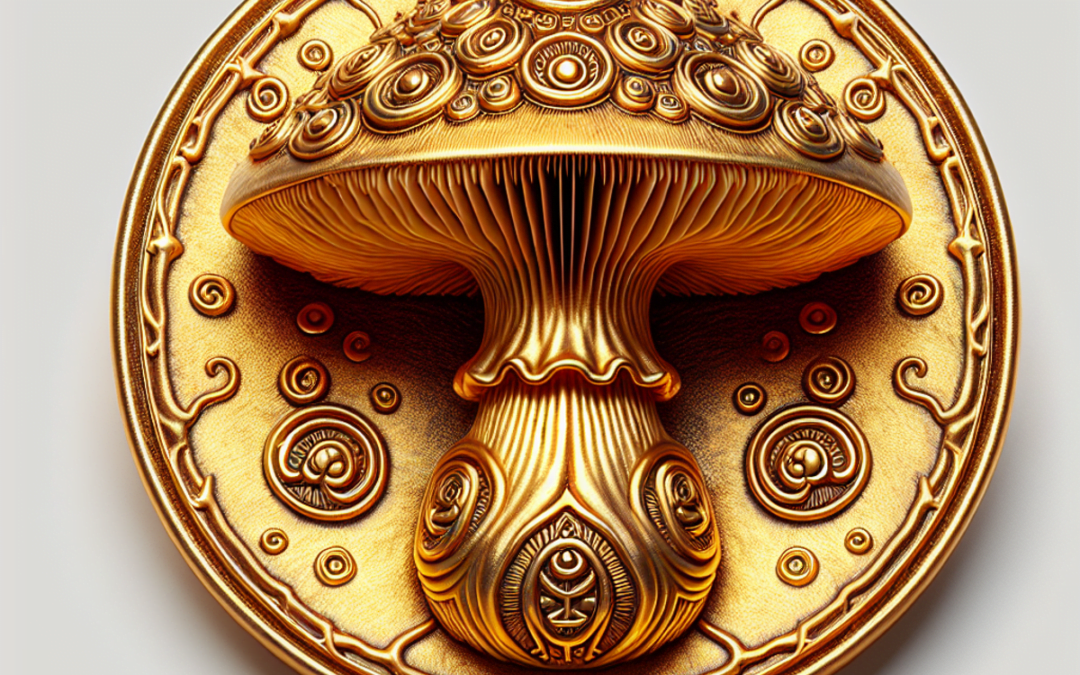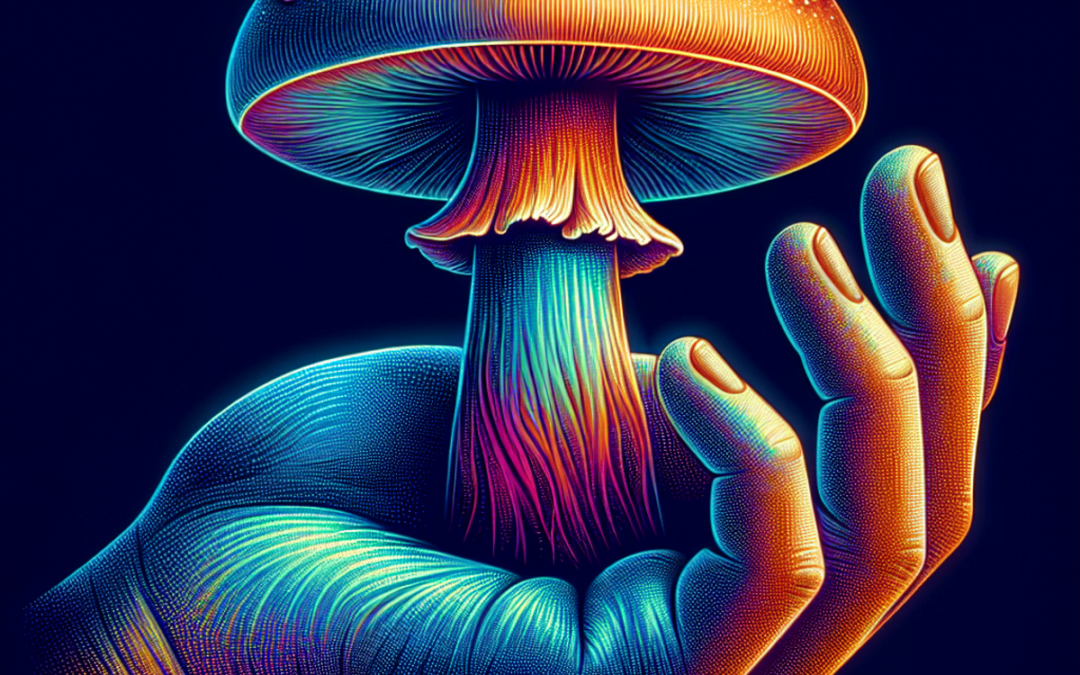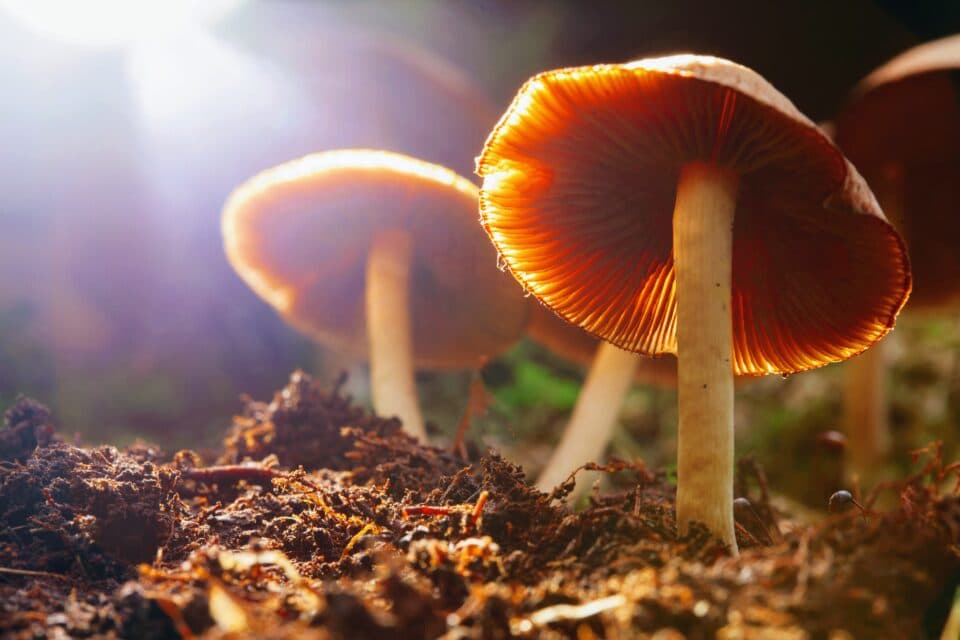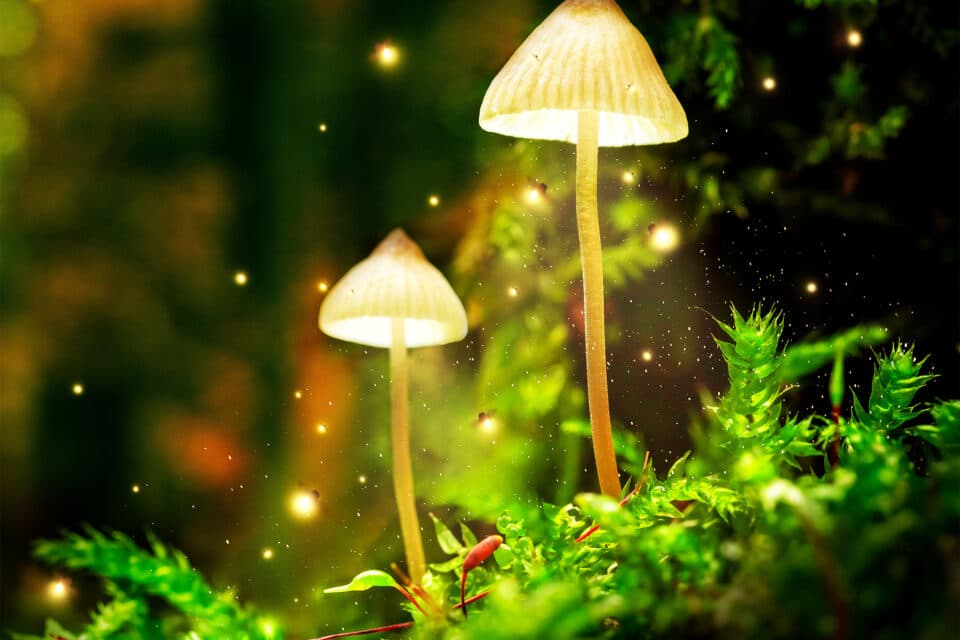It’s always impressive to see great minds being honored for their contributions – and Paul Stamets is no exception.
For over four decades, mycologist Paul Stamets has revolutionized the world of fungus. Now, his legacy will forever be remembered with a species bearing his name – Psilocybe stametsii.
The mushroom comes from the genus Psilocybe—a group that was used ancestrally and is now being explored for its potential in modern medicine due to their production of psilocybin.
To commemorate Paul Stamets, one of the world’s leading authors, inventors, educators and entrepreneurs in the field of mycology, and very possibly the planet’s foremost expert on psilocybin mushrooms, a new species of magic mushroom discovered in the Los Cedros Biological Reserve, has recently been named after him.
In 2011, the newly-discovered species called Psilocybe stametsii was found in a cloud forest of Ecuador by Dr. Bryn Dentinger from the University of Utah and his colleague. Years later, Giuliana Furci together with author Robert Macfarlane, musician Cosmo Sheldrake and friends successfully collected it again during their expedition in 2022 at this same location.
“It is an absolute joy to be able to honor Paul Stamets with a new species of mushroom. “His contribution to the global appreciation of fungi is undisputed and unparalleled, and his relentless dedication to advancing mycology has inspired thousands of people around the world for decades, including myself,” Giuliana Furci stated while co-publishing her discovery with the Index Fungorum e-publishing tool hosted by the Royal Botanic Gardens in Kew. This cutting-edge approach streamlines species classification by bypassing the traditional scientific journal publication process, making it easier to identify new species more quickly.
Since 1996, Stamets has been a prominent figure in the fungi world and published his work “Psilocybin Mushrooms of the World”. As a sign of recognition to Dr. Andrew Weil’s leading role in natural medicine field, he named Psilocybe weilii after him. Moreover, back in 1995 he name another species as Psilocybe azurescens.
Before that, Paul wrote a compilation of instructional books teaching the cultivation of both functional and psilocybin mushrooms. To this day, these publications still remain as one of the most esteemed references on mushroom growth.
“I am deeply honored by this recognition – and excited to go on a field expedition to see this species in its natural habitat,” Stamets voiced about the newly discovered species. “To be recognized like this is the greatest honor that a mycologist can receive, and that two renowned mycologists co-authored this discovery deepens my appreciation. I also feel a keen responsibility to further protect the mycodiversity of fungi in all their wondrous forms. They are truly fantastic!”
So what do we know about Psilocybe stamestii?
According to Dr. Dentinger, Psilocybe stametsii usually appears singularly and is rather small in size – not much higher than a matchstick. As many other types of magic mushrooms, it presents the typical palette of brown tones that allow it to camouflage with its environment of leaves and soil. On one occasion, this species was observed twice; Despite the similarities, the mushroom is unique in comparison to its close relatives due to its sharp and pointed cap. Additionally, this species is most closely related phylogenetically to an environmental DNA sequence from soil in China. It also stands out evolutionarily when compared with other known species of Psilocybe described from Bolivia, Mexico and Puerto Rico.
Psilocybin mushrooms have been a part of many cultures’ traditions for thousands of years and, so far, more than 116 species have been found under the genus Psilocybe.
Recent discoveries reveal that psilocybin may not only be beneficial to those struggling with depression and anxiety, but also prove effective in warding off dementia, Alzheimer’s disease, and other neuropathies.
Paul Stamets is fervently convinced that fungi can offer a broad range of advantages. Last week, his pioneering patent was published after waiting for six and a half years to be filed, exploring how particular combinations of psilocybin could potentially improve mental health as well as neurogenesis.
Adding to the testimonies of its use for therapy against severe depression, Paul co-authored a recent study that showed microdosing psilocybin may offer greater mental clarity and improved mood as compared with non-microdosers.
We live in an extraordinary era, and as we witness the proliferation of psychedelic decriminalization policies and scientific breakthroughs, we are gradually edging closer to a more holistic approach for treating mental health issues with the help of our friends, the fantastic fungi.
It’s always impressive to see great minds being honored for their contributions – and Paul Stamets is no exception. Seeing himself immortalized in the form of Psilocybe stametsii comes as a reminder of how far he has come from his humble beginnings and how much expertise he has acquired in the field of mushrooms. He joins the ranks of other naturalists, scientists, inventors and artists who have had species named after them, becoming part of a wider tradition that serves as an acknowledgment and appreciation for fundamental discoveries in different fields. What’s more, his achievement also stands to demonstrate that mushrooms are just as precious and important as any other organism on this planet— standing testament to their beauty, diversity, enigmatic — and often medicinal — properties.
Source: MEET PSILOCYBE STAMETSII, A NEW MUSHROOM SPECIES NAMED AFTER PAUL STAMETS

